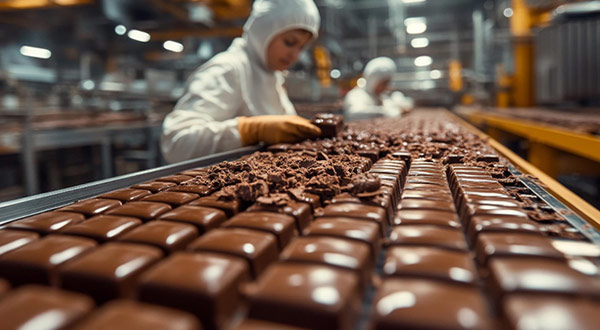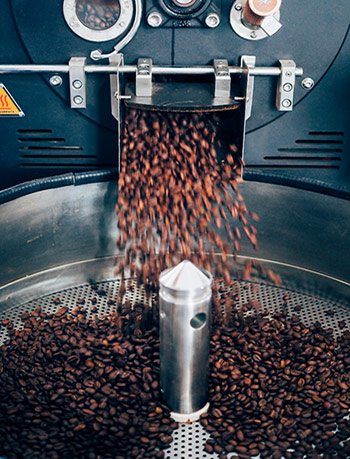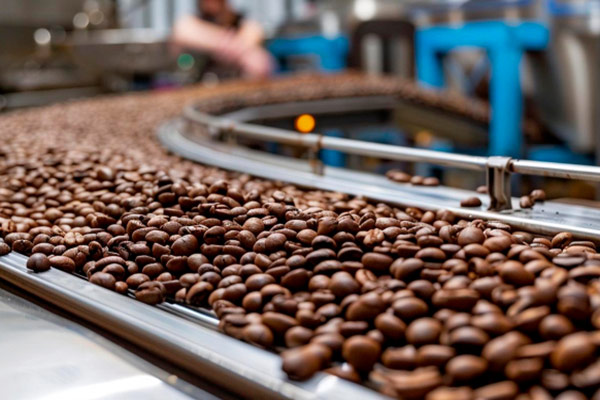Cocoa production begins with the cultivation of the cacao tree, scientifically known as Theobroma cacao. These trees thrive in tropical regions close to the equator, where the climate is hot, humid, and rainy. Countries such as Ivory Coast, Ghana, Indonesia, and Brazil are among the world’s leading cocoa producers. The trees produce large pods that contain cocoa beans, which are the essential ingredient in chocolate.
Once the pods are ripe, farmers harvest them by hand using machetes or specialized tools. The pods are then split open to extract the wet cocoa beans along with their surrounding pulp. This step requires careful handling to avoid damaging the beans, as their quality directly affects the taste of the final chocolate products.
After extraction, the beans undergo fermentation, usually for five to seven days. During this process, the pulp breaks down, and the beans develop their characteristic chocolate flavor and aroma. Proper fermentation is crucial, as poorly fermented beans result in inferior cocoa. Once fermentation is complete, the beans are dried under the sun or with artificial dryers to reduce moisture content and prevent mold growth.
The dried beans are then packed and shipped to chocolate manufacturers worldwide. At the factory, they are cleaned, roasted, and ground into cocoa mass. From this mass, cocoa butter and cocoa powder are separated and processed further to create various chocolate products. This transformation from raw beans to finished chocolate is what makes cocoa production both an art and a science, requiring expertise at every stage.
Ultimately, the journey of cocoa from tropical farms to chocolate bars highlights the importance of sustainable and ethical practices. Many initiatives now focus on improving farmers’ livelihoods, reducing child labor, and promoting environmentally friendly cultivation methods. As demand for chocolate continues to grow, responsible cocoa production ensures that the industry benefits both consumers and producers for generations to come.



